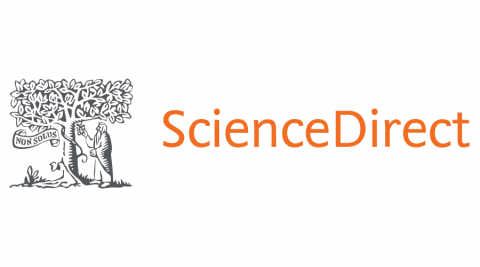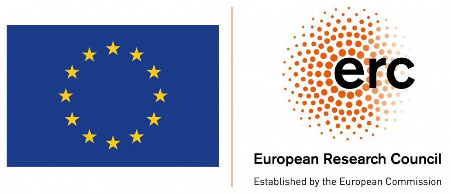
We have another new publication in International Journal of Rock Mechanics and Mining Sciences - "Numerical modeling of hydraulic stimulation of fractured crystalline rock at the bedretto underground laboratory for geosciences and geoenergies".
You can access this open access paper here:
![]() https://www.sciencedirect.com/science/article/pii/S1365160924000388
https://www.sciencedirect.com/science/article/pii/S1365160924000388
Abstract
Hydraulic stimulation of Enhanced Geothermal Systems (EGS) aims at boosting permeability to facilitate fluid circulation, while keeping a low induced seismicity. However, some stimulations have led to poor permeability enhancement or too high induced earthquakes, which suggests that further understanding is needed on poromechanical processes during stimulation. Here, we model a highly-monitored test performed at the Bedretto Underground Laboratory to investigate the impact of fluid injection on permeability enhancement and induced microseismicity. We examine three models: (1) a homogeneous fracture whose transmissivity is manually calibrated to reproduce the observed pressure evolution at the injection borehole (this model fails to capture the spatial distribution of pressure and the corresponding poromechanical processes); (2) an elastic fracture approach, where transmissivity changes locally as a function of fracture aperture following the cubic law (this model overestimates pressure after the onset of fracture slip); and (3) a viscoplastic fracture approach with strain weakening and dilatancy that yields an additional permeability enhancement after shear reactivation. The viscoplastic model captures the spatio-temporal coupled response of the fractured rock to hydraulic stimulation before and after shearing both in terms of pressure and microseismicity. Subsequently to the onset of shear failure, microseismic events occur in every injection cycle as the reactivation front advances when plastic strain and, thus, permeability surpass the previously achieved maximum value. This viscoplastic model permits estimating the extent of the stimulated fracture, the permeability enhancement and its impact on the local state of stress and pore pressure at surrounding fractures, representing a useful tool for the design of effective hydraulic stimulation.

